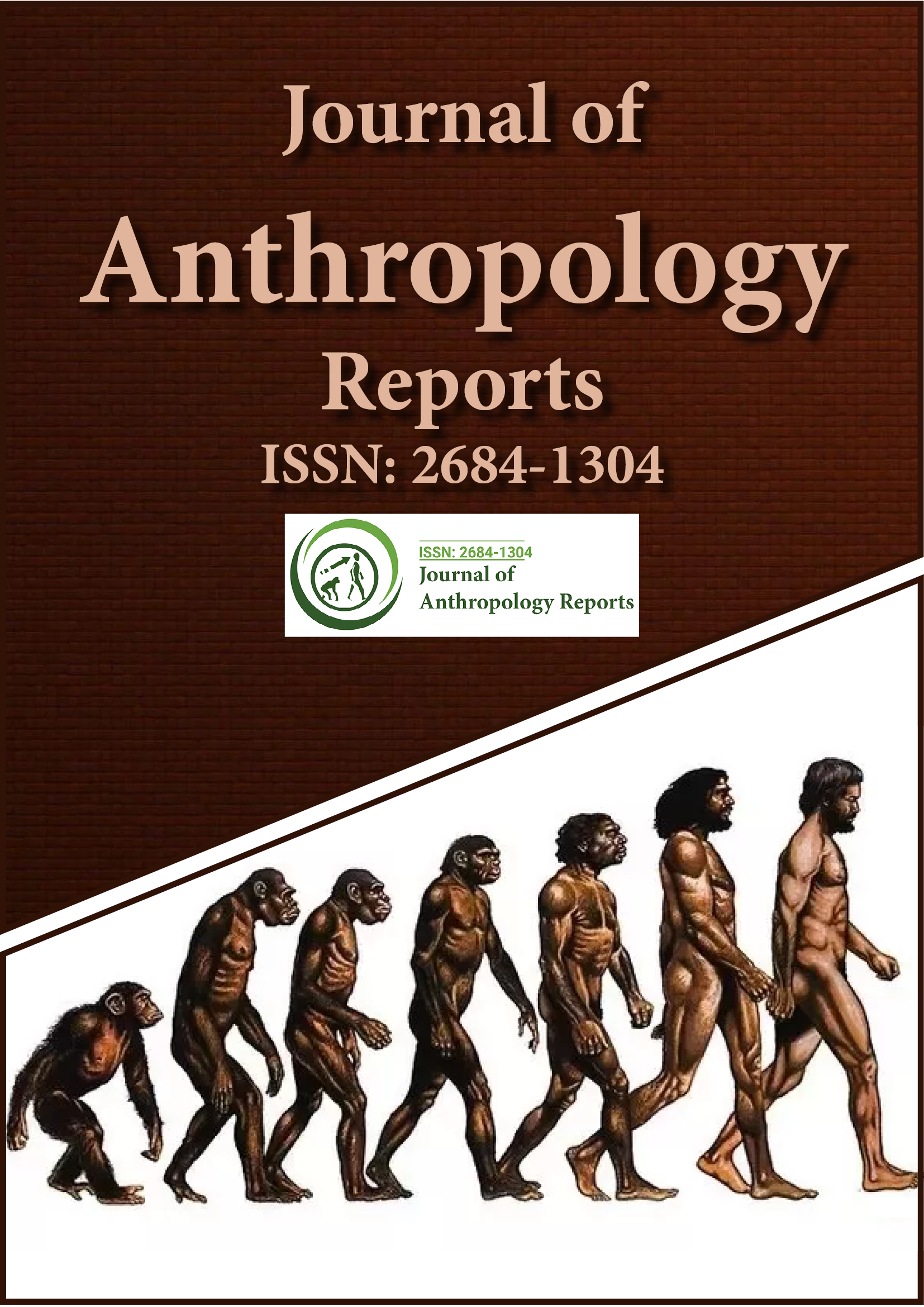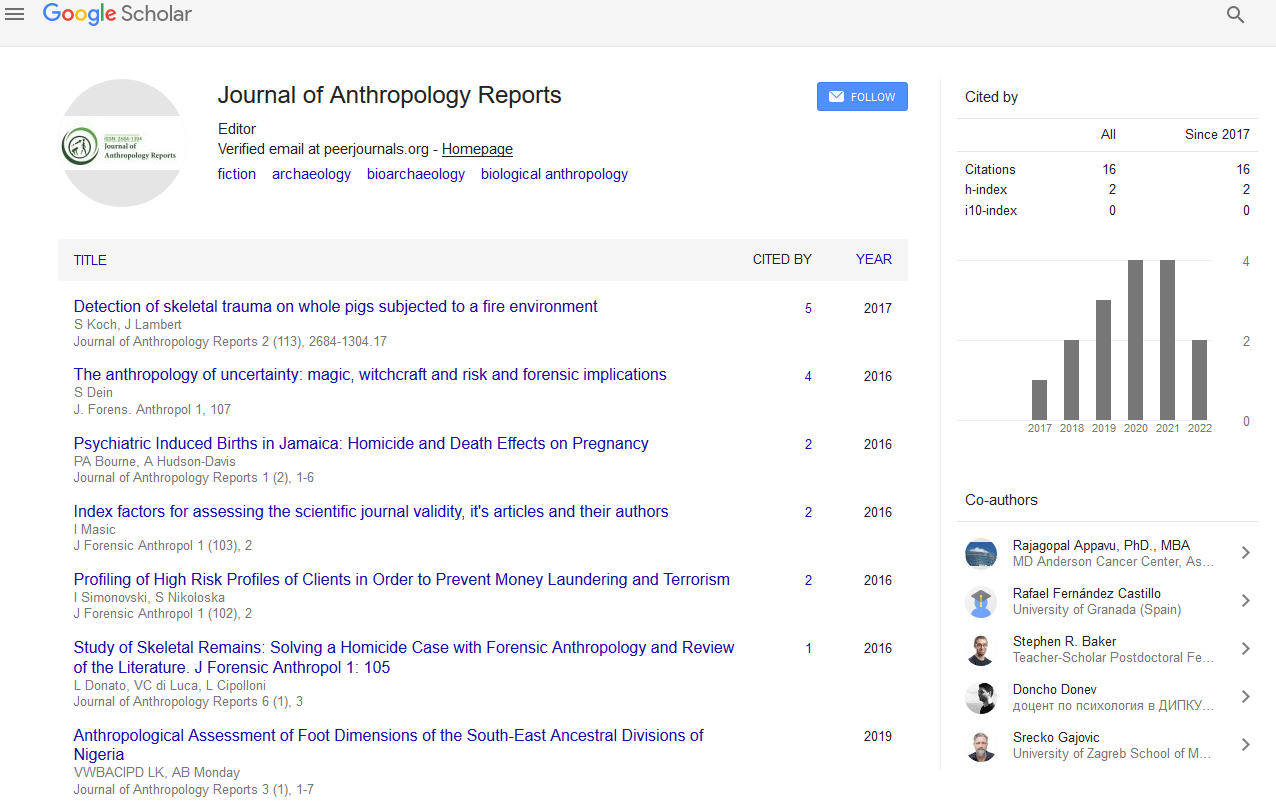Indexed In
- RefSeek
- Hamdard University
- EBSCO A-Z
Useful Links
Share This Page
Journal Flyer

Open Access Journals
- Agri and Aquaculture
- Biochemistry
- Bioinformatics & Systems Biology
- Business & Management
- Chemistry
- Clinical Sciences
- Engineering
- Food & Nutrition
- General Science
- Genetics & Molecular Biology
- Immunology & Microbiology
- Medical Sciences
- Neuroscience & Psychology
- Nursing & Health Care
- Pharmaceutical Sciences
Commentary - (2024) Volume 7, Issue 3
Preserving Cultural Heritage with Active and Eddy Current Pulsed Thermography
Dimitra Papadakis*Received: 30-Aug-2024, Manuscript No. JFA-24-28380; Editor assigned: 02-Sep-2024, Pre QC No. JFA-24-28380 (PQ); Reviewed: 16-Sep-2024, QC No. JFA-24-28380; Revised: 23-Sep-2024, Manuscript No. JFA-24-28380 (R); Published: 30-Sep-2024, DOI: 10.35248/2684-1304.24.7.205
Description
Active and Eddy Current Pulsed Thermography (ECPT) is an emerging and innovative technique that has demonstrated significant potential in detecting surface cracks and defects in historical and archaeological discoveries. As our world becomes increasingly aware of the importance of preserving cultural heritage, the application of advanced Non-Destructive Testing (NDT) methods to assess the integrity of ancient materials and artifacts is gaining considerable attention. Among the various NDT techniques, active and eddy current pulsed thermography stands out due to its ability to effectively assess the health of historical objects without causing any damage to them, offering a vital tool for the conservation and study of priceless artifacts.
The principle behind active and eddy current pulsed thermography lies in the use of thermal imaging to detect variations in temperature that result from subsurface anomalies such as cracks, voids, or delaminations. In active thermography, a heat source is applied to the surface of the object, causing a temperature rise that is recorded by an infrared camera. Any irregularities in the material, such as cracks or defects, will cause localized variations in the thermal response, which can then be analyzed to identify and characterize the defects. This method is particularly useful in the context of historical artifacts, where traditional inspection techniques such as ultrasonic testing or radiography may not be feasible due to the fragility or sensitivity of the materials.
Eddy current pulsed thermography, on the other hand, uses an electromagnetic induction approach to generate localized heating within the material. When an alternating current is applied to the surface of the material, it induces eddy currents, which in turn generate heat. The distribution of this heat is then monitored using an infrared camera. The presence of defects, such as cracks or inclusions, will disrupt the flow of the eddy currents, leading to an anomalous thermal pattern that can be detected and analyzed. This technique is highly effective for materials that are electrically conductive, which makes it ideal for metals, but it can also be adapted for use on other materials in combination with other techniques.
One of the primary advantages of using active and eddy current pulsed thermography in the context of historical and archaeological objects is its non-invasive nature. Given the high value and often irreplaceable nature of these artifacts, it is critical to employ methods that do not cause further degradation or damage. Both active thermography and eddy current pulsed thermography can be conducted remotely, allowing for the detection of hidden defects without physically disturbing the object. This makes these methods particularly well-suited for fragile or valuable materials such as ceramics, metals, wood and even painted surfaces, which are commonly found in archaeological finds.
Moreover, these thermographic techniques can provide high spatial resolution, which allows for the detection of surface cracks, micro-cracks and other defects that may not be visible to the naked eye. The ability to detect such fine features is important for assessing the structural integrity of historical artifacts and determining whether they require conservation or restoration. For example, in the case of ancient sculptures or paintings, even minor cracks can lead to severe deterioration over time if not identified and addressed promptly. Through the use of active and eddy current pulsed thermography, conservators can gain detailed information about the condition of these objects, enabling them to make informed decisions about the best course of action for preservation.
In conclusion, active and eddy current pulsed thermography represent powerful tools in the field of non-destructive testing, providing new ways to assess the condition of historical and archaeological objects. By providing detailed insights into surface cracks, defects and structural integrity, these techniques are invaluable for the preservation and study of our cultural heritage. Although challenges remain, particularly in terms of surface preparation and interpretation of results, ongoing advancements in thermographic technology and data analysis promise to further enhance their effectiveness and application in archaeological and conservation fields. The use of these techniques will continue to play a critical role in safeguarding the legacy of human history for future.
Citation: Papadakis D (2024). Preserving Cultural Heritage with Active and Eddy Current Pulsed Thermography. J Anthropology Rep. 7:205.
Copyright: © 2024 Papadakis D. This is an open-access article distributed under the terms of the Creative Commons Attribution License, which permits unrestricted use, distribution, and reproduction in any medium, provided the original author and source are credited.

